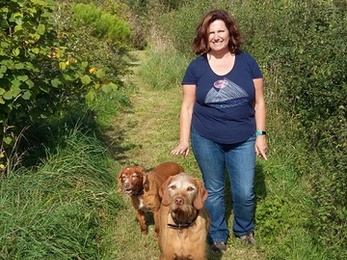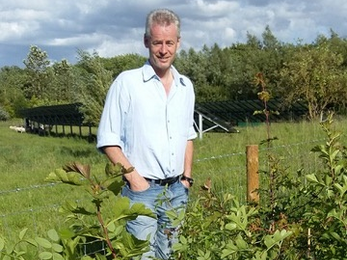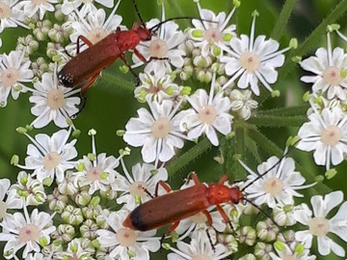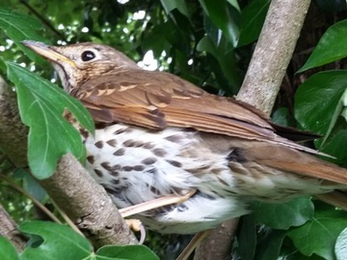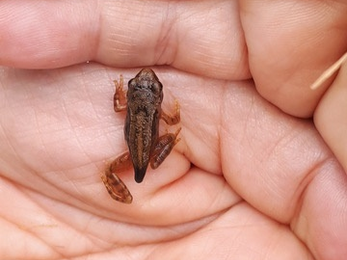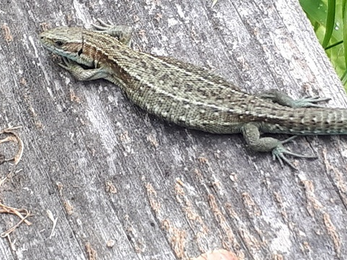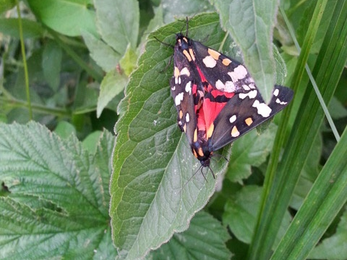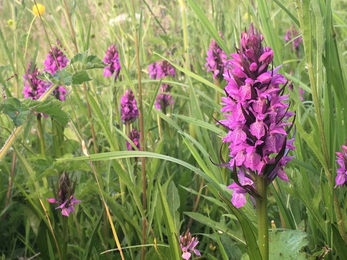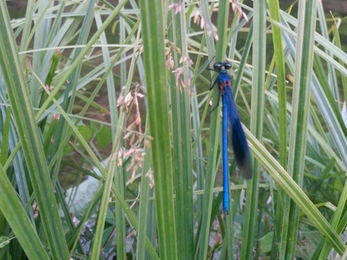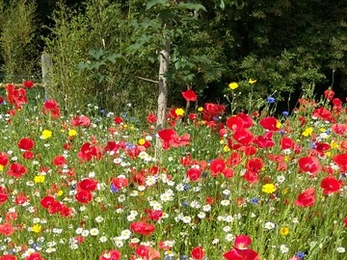Way back in 2005, we were living the city life together in London. Inspired by Tony’s academic background in horticulture, and an avid interest in Hugh Fernley-Whittingstall, we decided we needed to move back to the countryside. Looking in Hampshire for family reasons, we were delighted to find our own ‘river cottage’ in a village on the Upper Test.
In addition to the cottage itself, our new home had 3.5 acres of land close to the stream which had been used to house ponies. We decided to get animals of our own, starting out with a calf, two cows, and a handful of sheep. Over time this increased until we were grazing other people’s fields, and in 2013 we bought another eight acres that included a section of riverbank, though sadly not the fishing rights!


